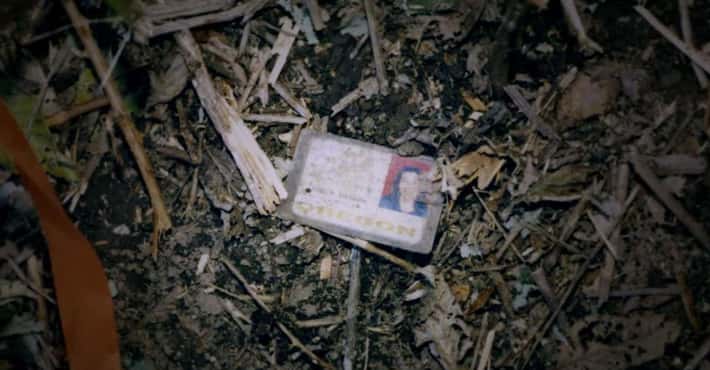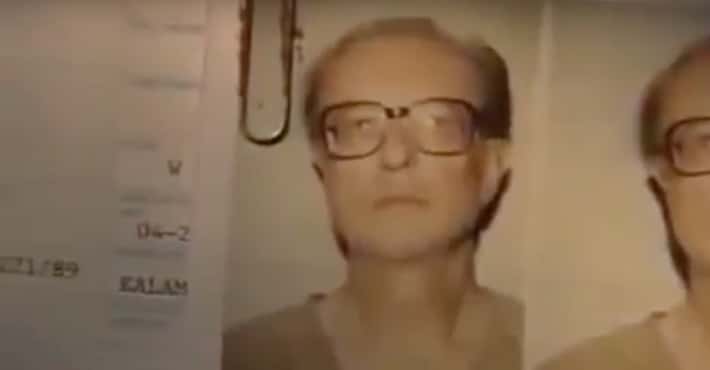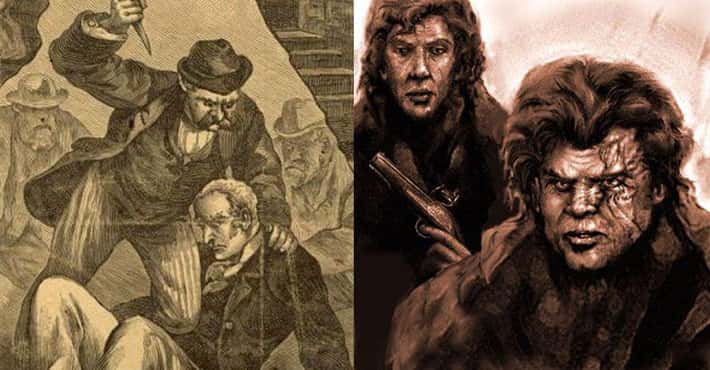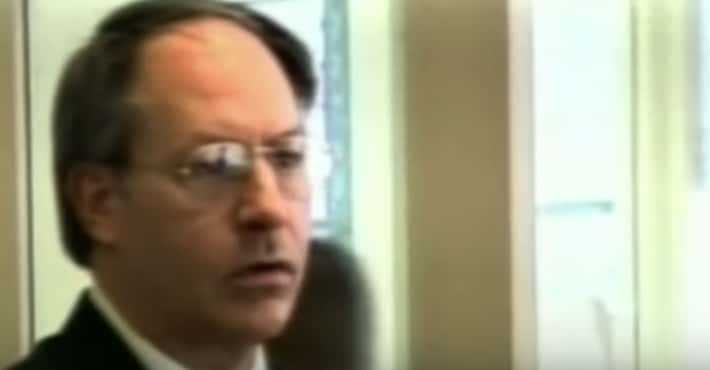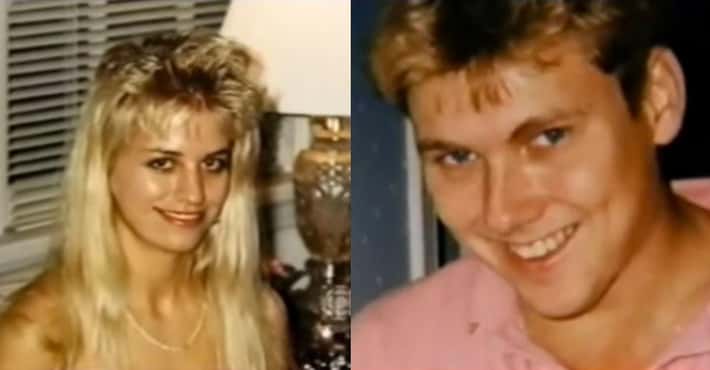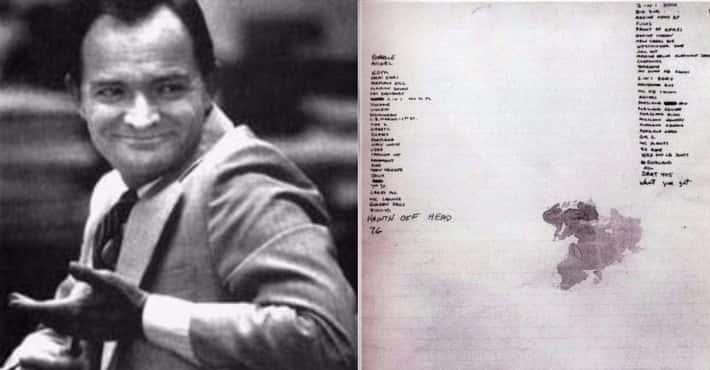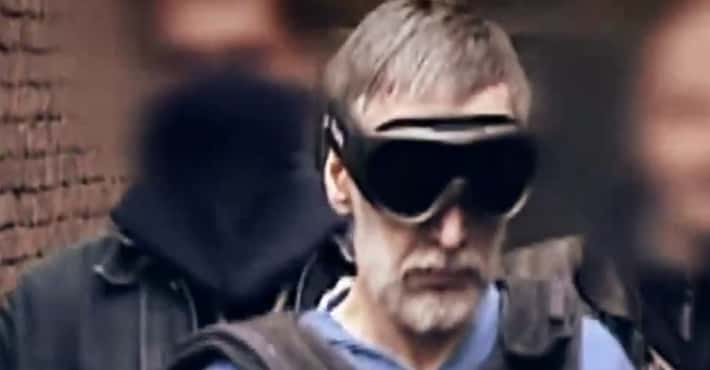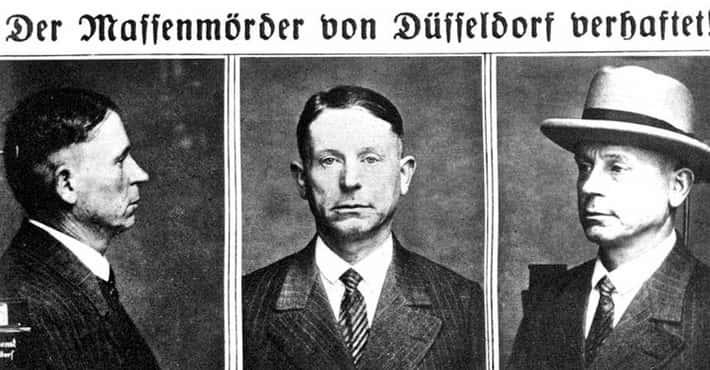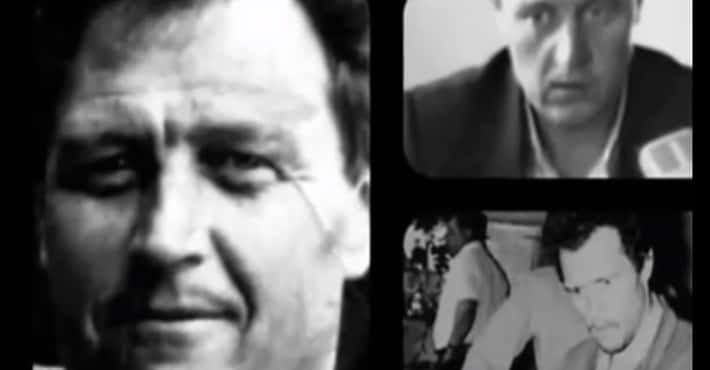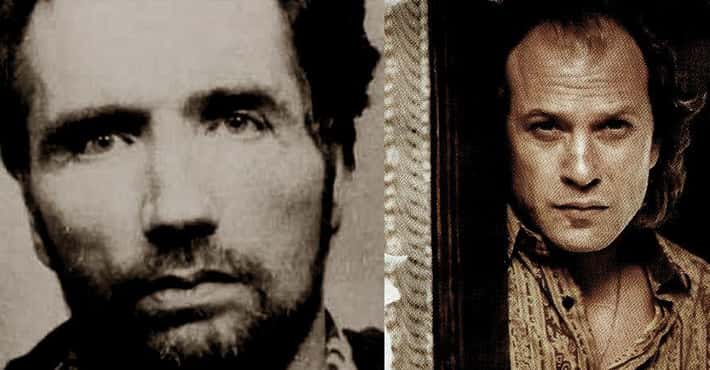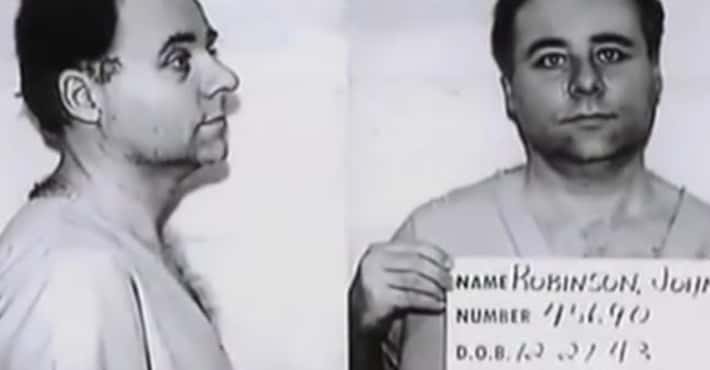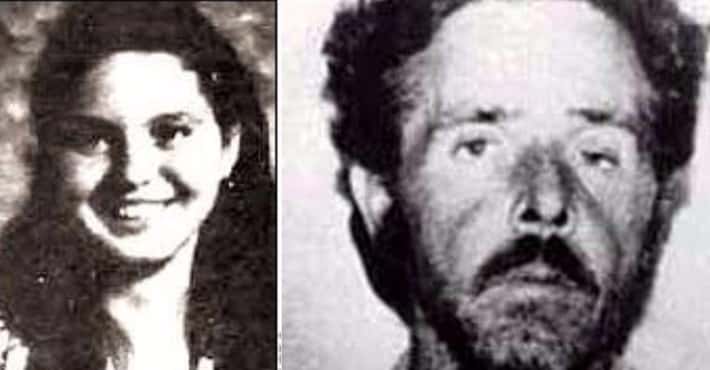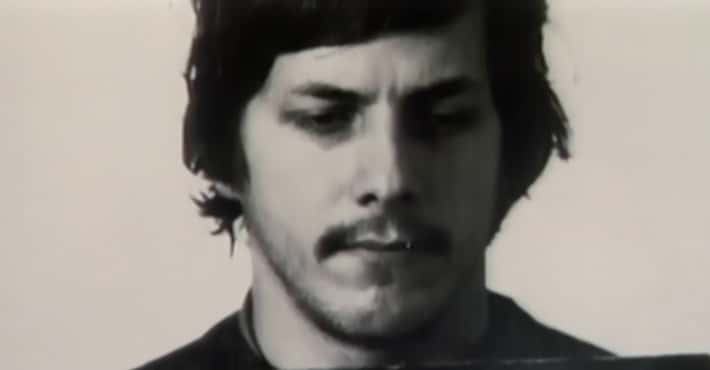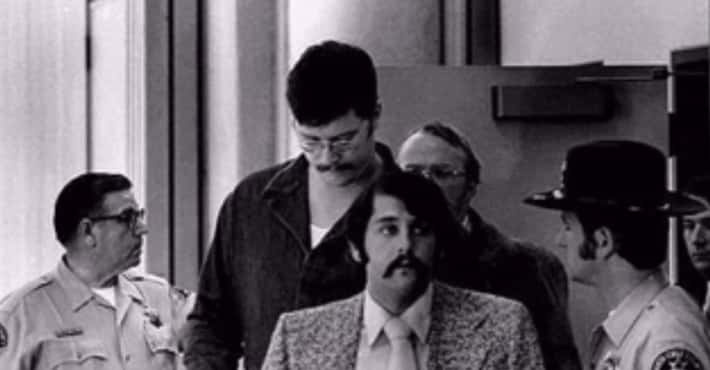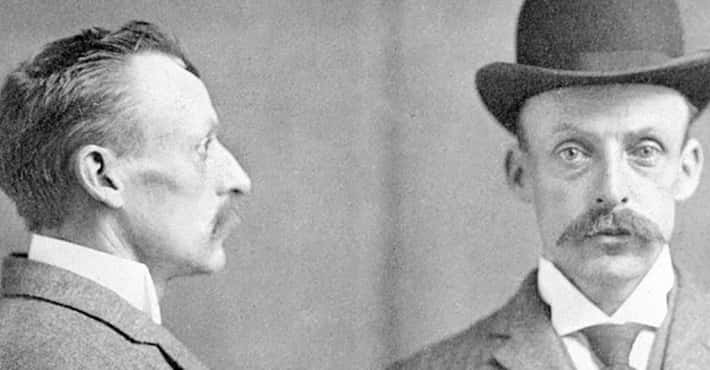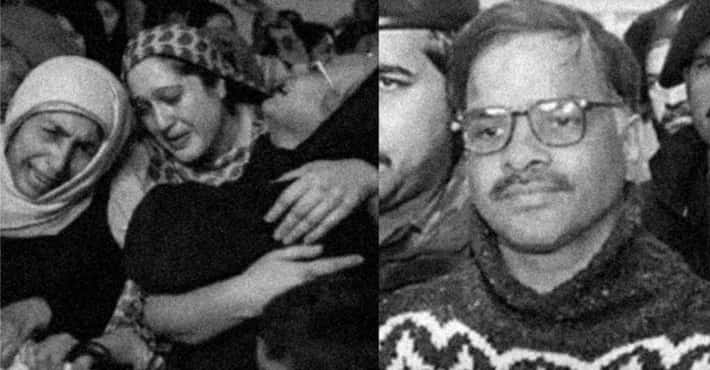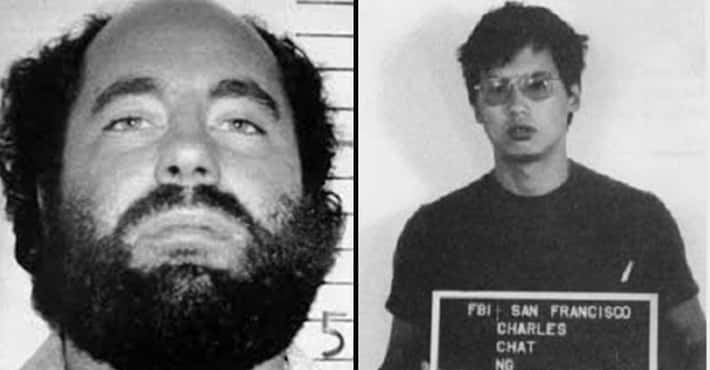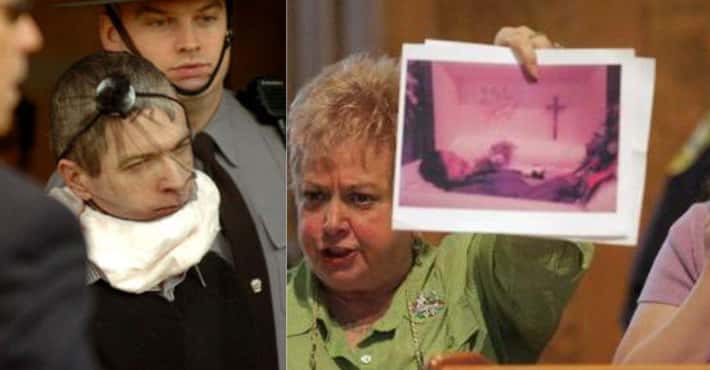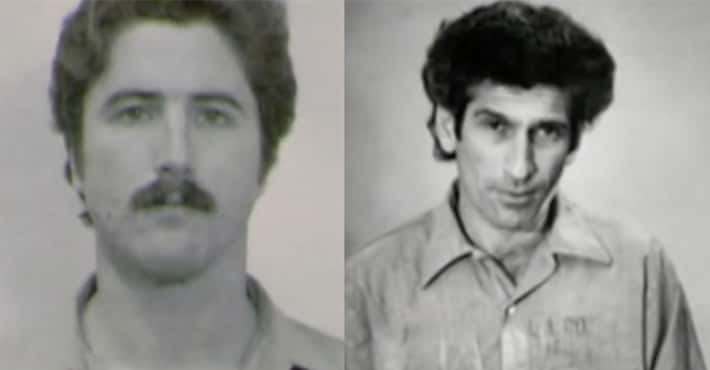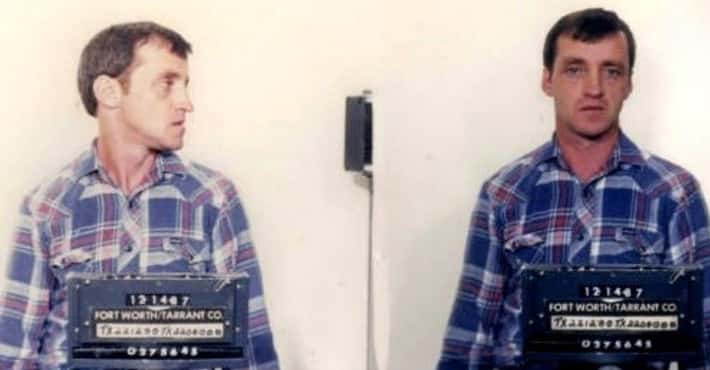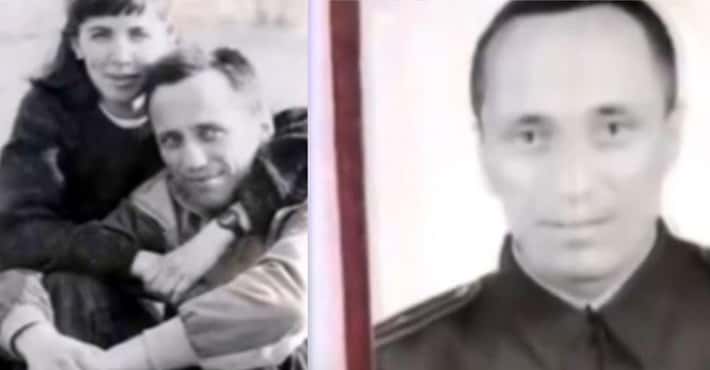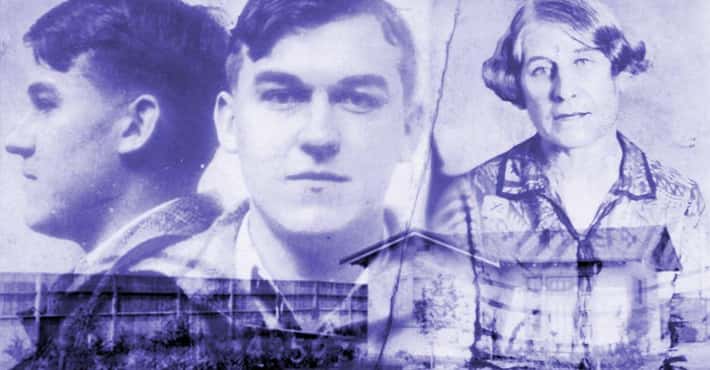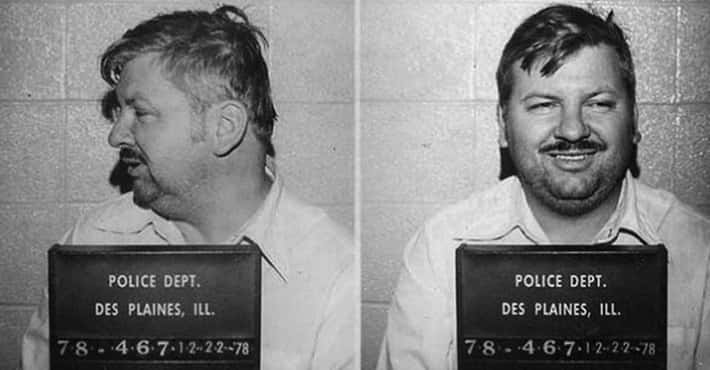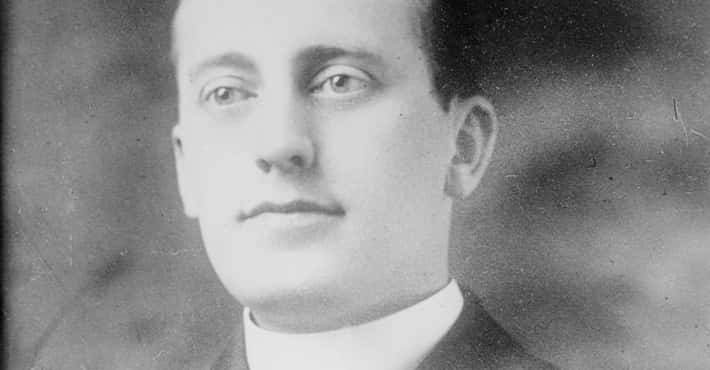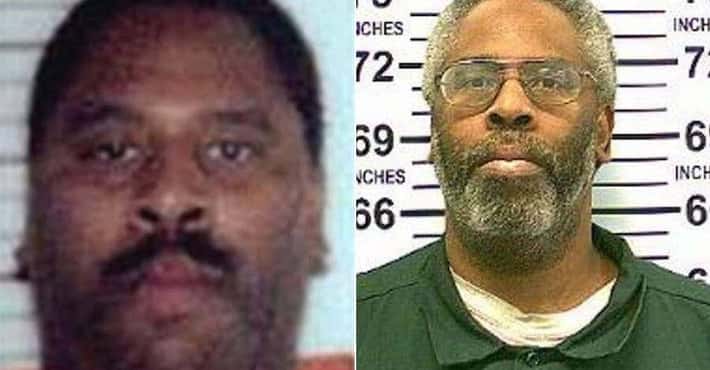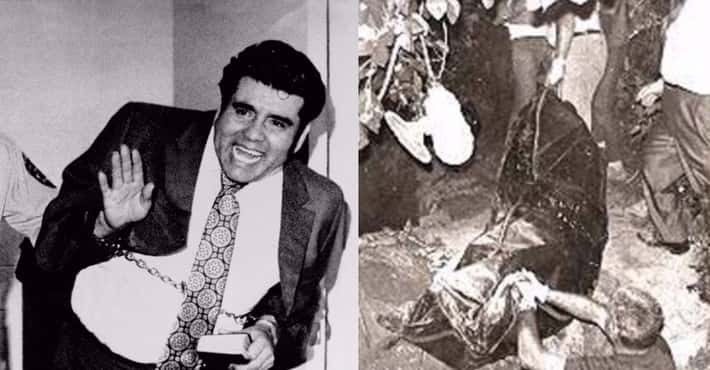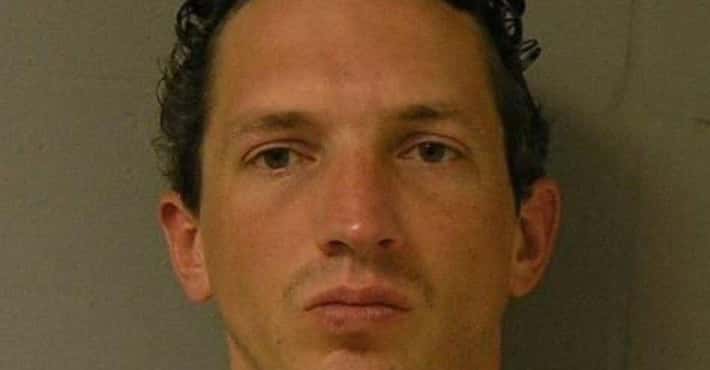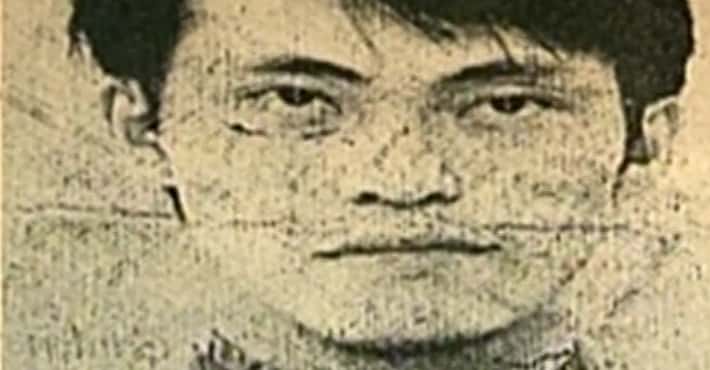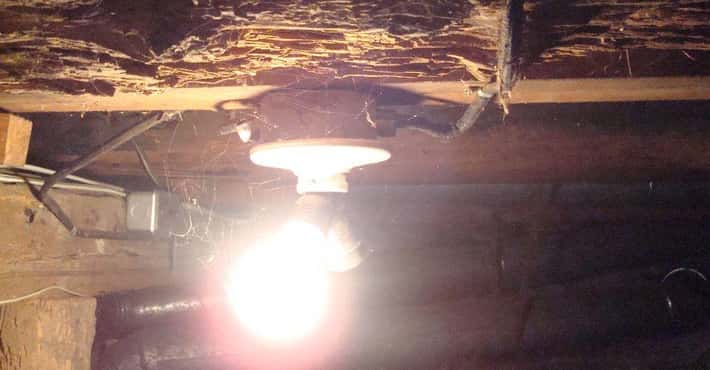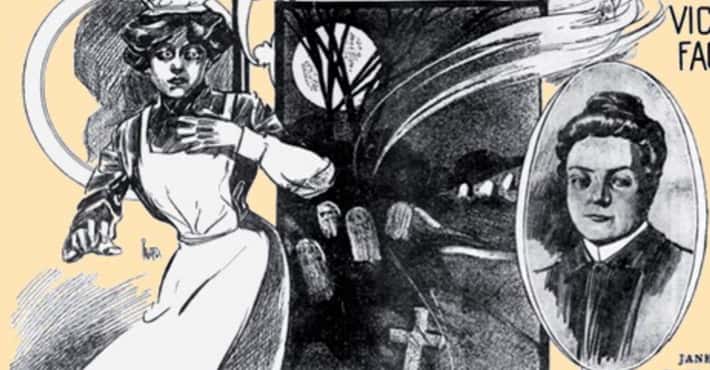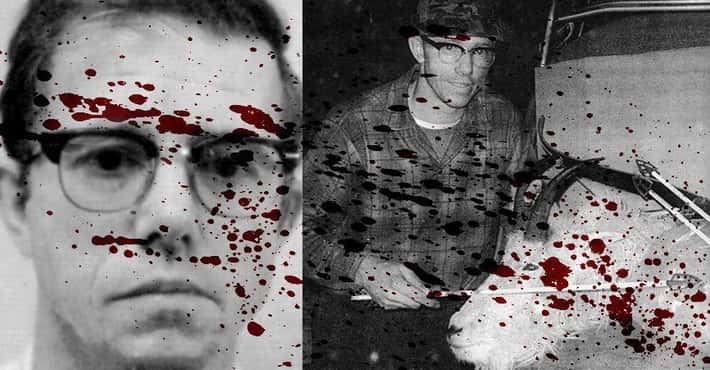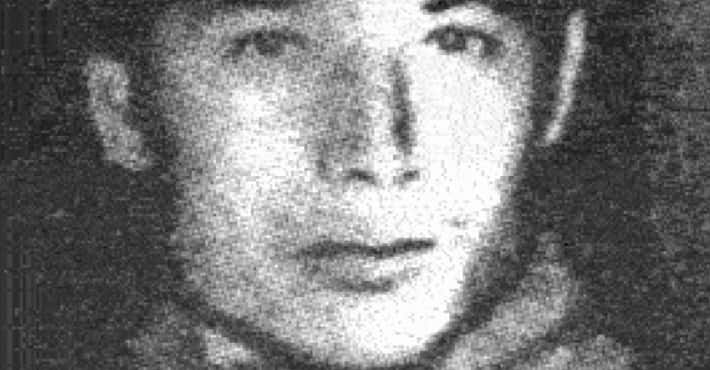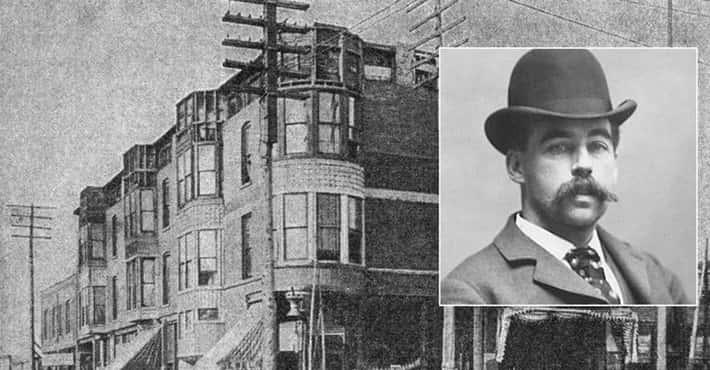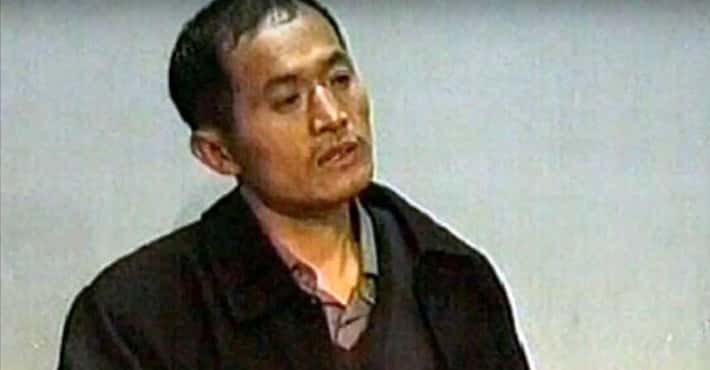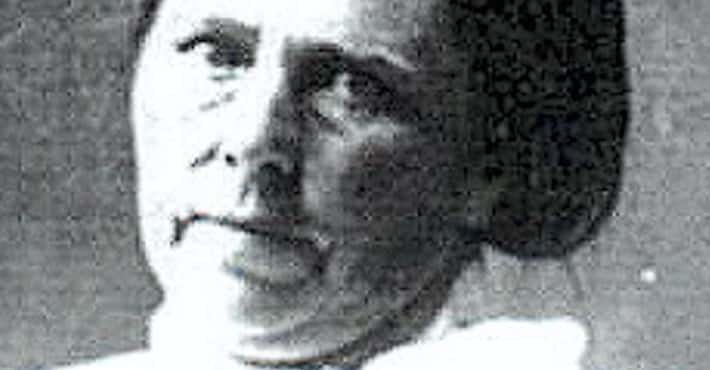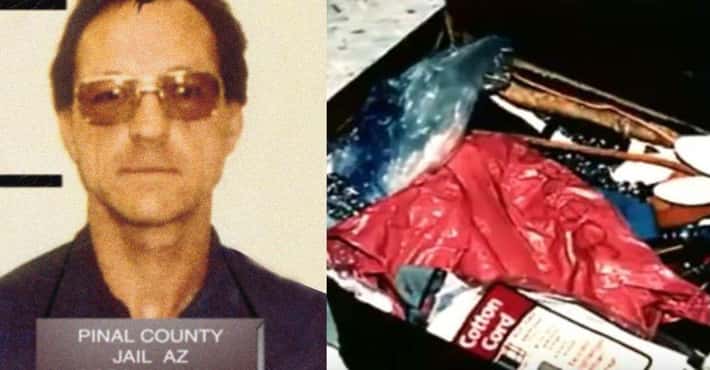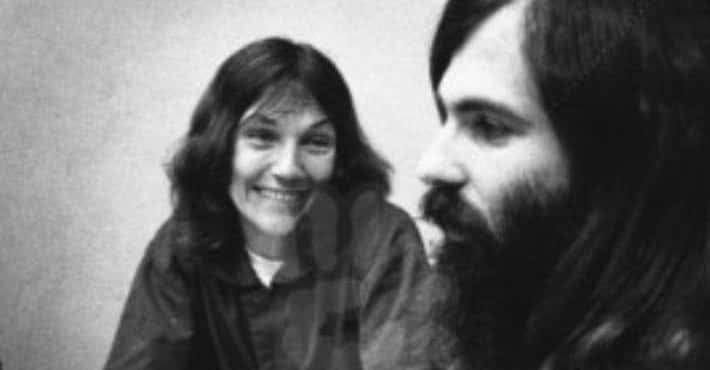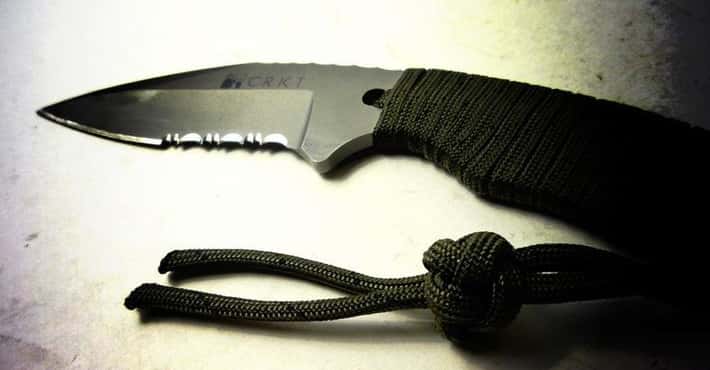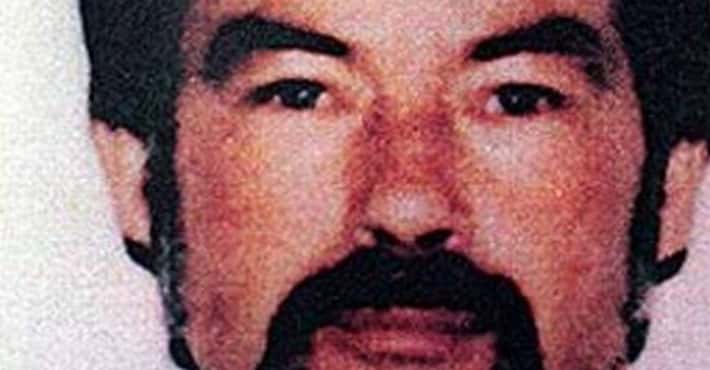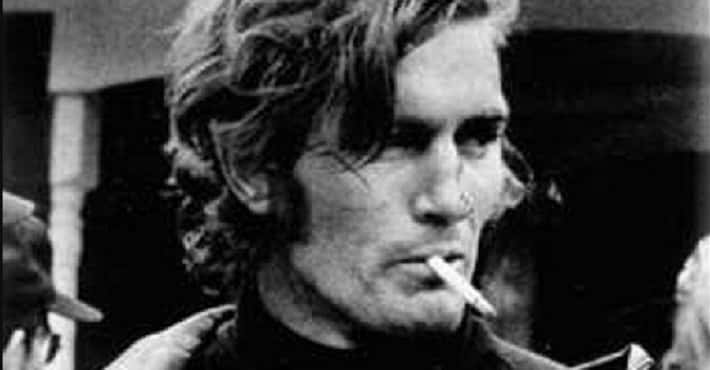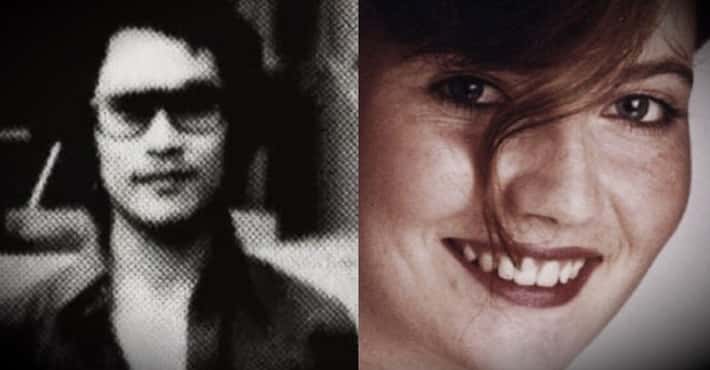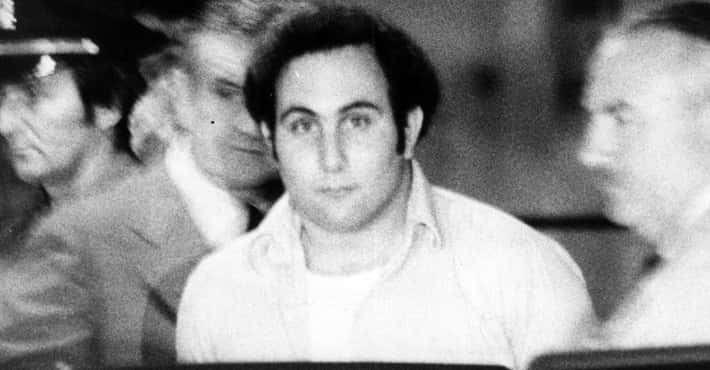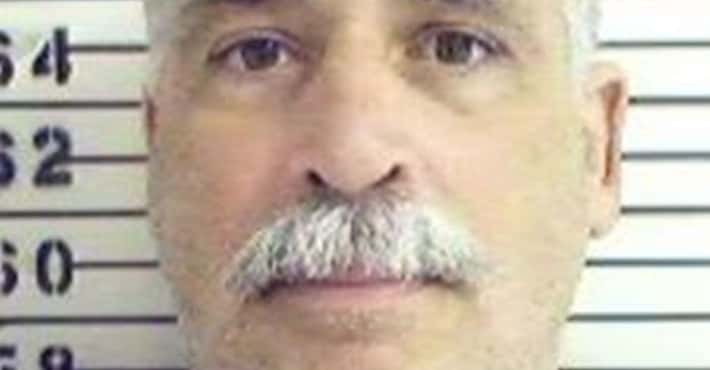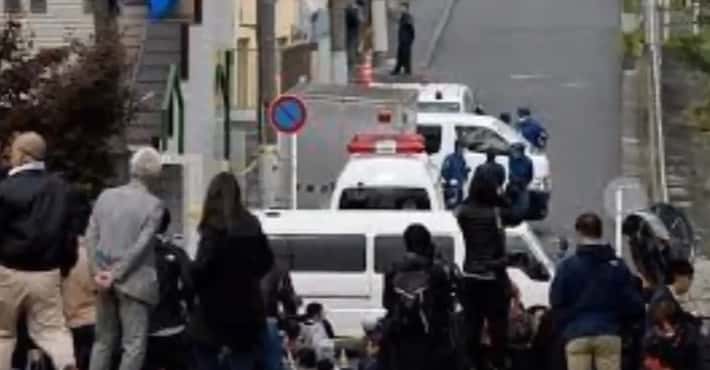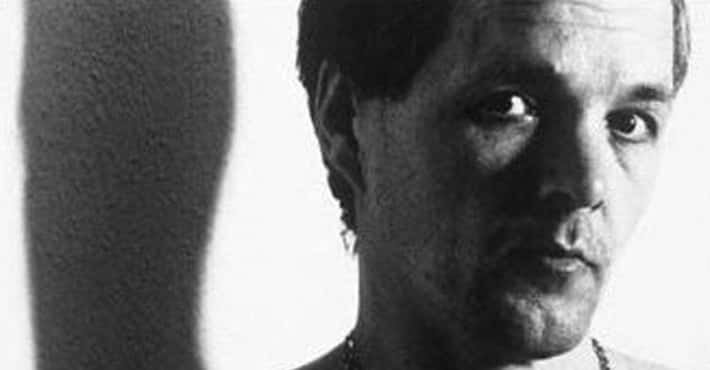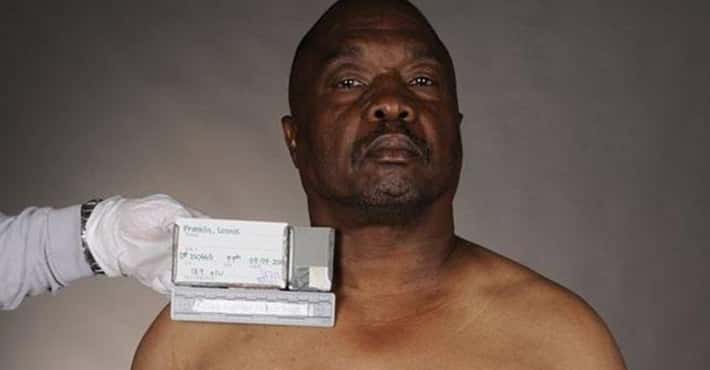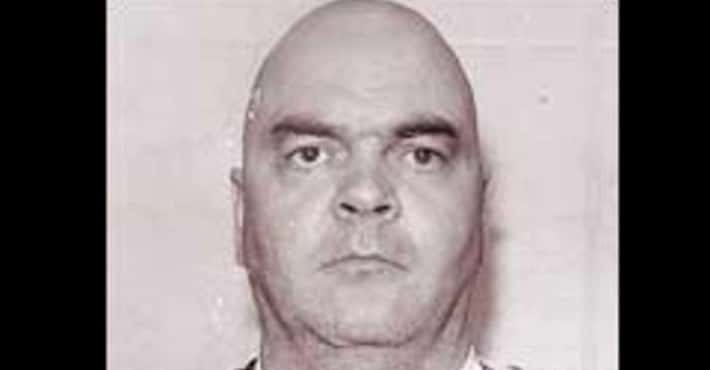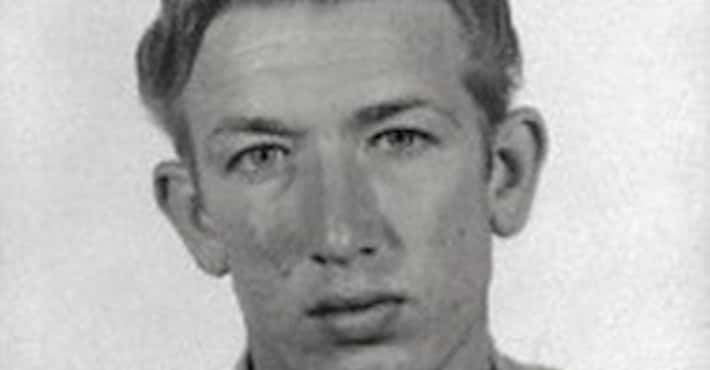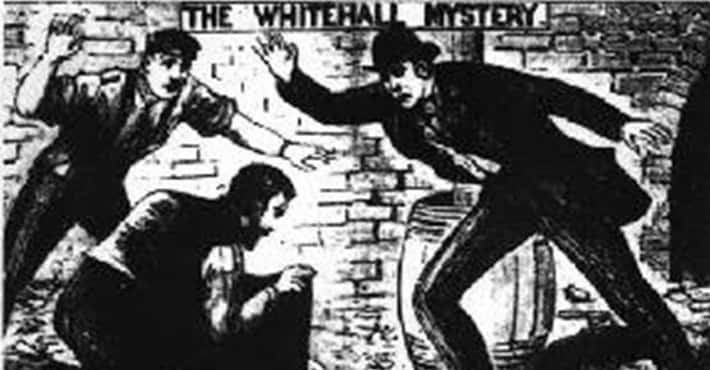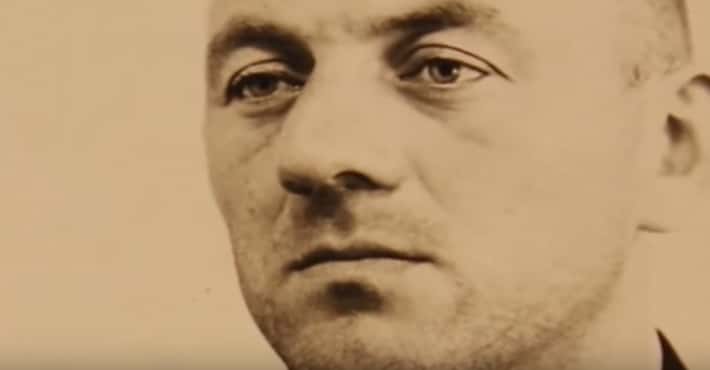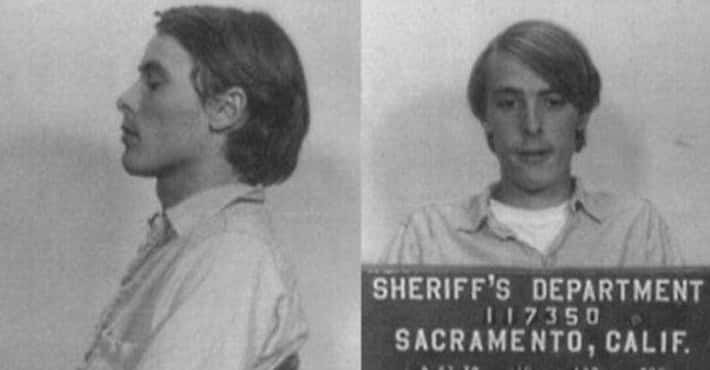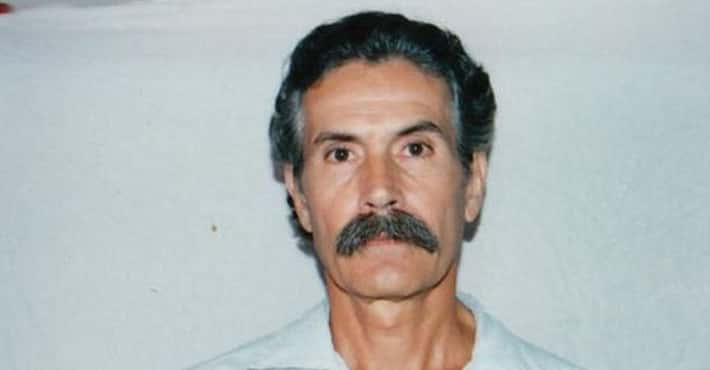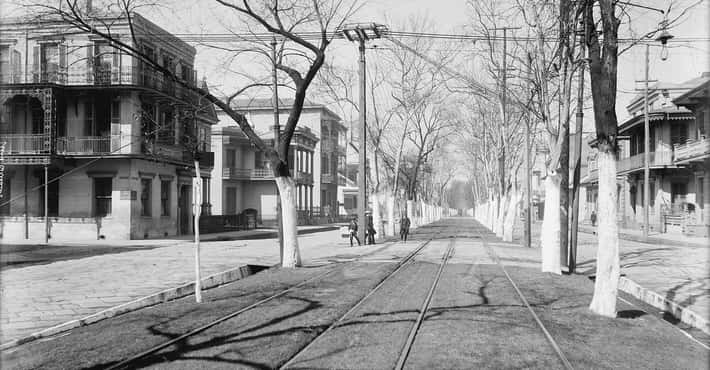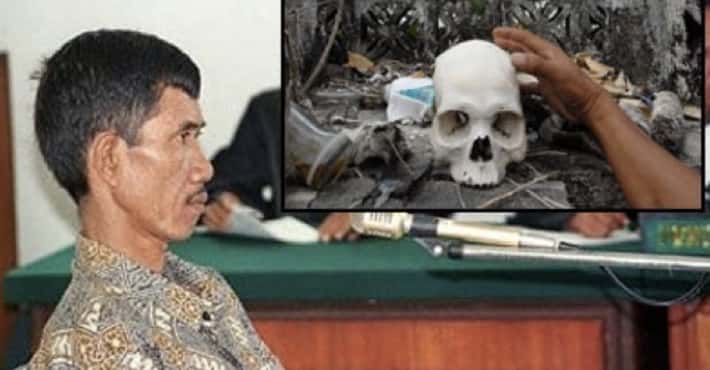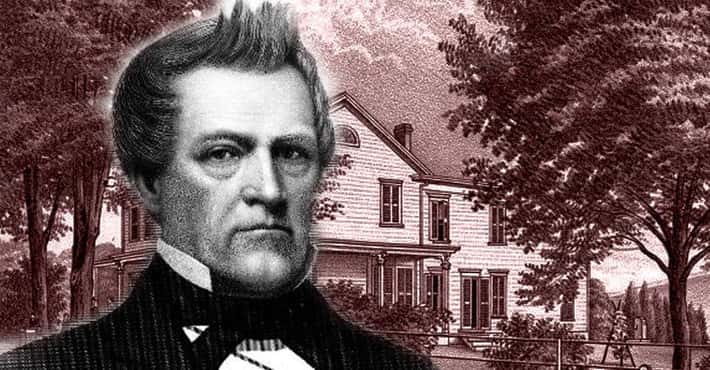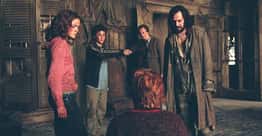Unsettling Facts We Learned About The BTK Killer, Dennis Rader
For over 30 years, serial killer Dennis Rader struck fear in the hearts of citizens of Wichita, KS, by committing 10 horrific murders. Rader, who called himself the BTK Killer because he bound, tortured, and killed his victims, lived a double life, hiding in plain sight with his wife and two children, who were completely unaware of his crimes. He is considered one of the most prolific American serial killers of all time.
Though Rader evaded capture for decades, police eventually apprehended him, partially thanks to his own ego. He regularly sent the media letters and graphic photos in order to brag about his crimes and taunt law enforcement. In 2004, police finally traced one of these letters directly to Rader, leading to his arrest in 2005.
Rader Was Church Council President And A Cub Scout Leader
Dennis Rader lived a double life as a devoted family man and a sadistic killer. Rader regularly attended church services with his family at the Christ Lutheran Church, where his wife sang in the choir and he served as president of the congregation.
Rader's son was a member of the Cub Scouts, and Rader soon became a troop leader. In this role, Rader, who by that time had already killed two children, taught young boys how to tie knots similar to the ones he used to bind his victims. In one instance, Rader even left a Cub Scout camping trip in the middle of the night to break into the home of Marine Hedge and fatally strangle her.
Rader Murdered An Entire Family In 1974
Rader's first four victims were the Oteros, a Wichita family that included 38-year-old Joseph, 33-year-old Julie, 11-year-old Josephine, and 9-year-old Joseph Jr. On January 15, 1974, Rader, then 29, cut the phone lines to the family's home and forced his way inside, using a gun to subdue the Oteros. After tying the family up, Rader attempted to systematically suffocate the Oteros by placing a plastic bag over each of their heads.
While this method killed Joseph Sr. and Joseph Jr., Mrs. Otero survived, leading Rader to fatally strangle her. When he failed to suffocate Josephine with a plastic bag, he took the 11-year-old to the basement, where he hanged her from a drain pipe.
The only surviving member of the family was 15-year-old Charlie Otero, who discovered his parents' and siblings' remains when he arrived home from school that afternoon.
Rader Named Himself The BTK Killer
In his early communications with the media, Rader suggested a number of different monikers with which the press could refer to him and his crimes. One of these suggestions included the "BTK Strangler," in which BTK stood for “Bind, Torture, Kill.”
Initially, the media referred to the unidentified killer as the BTK Strangler, but this eventually became the "BTK Killer" or simply "BTK." After a series of letters in the 1970s, Rader didn't communicate with the press again until 1988, when he praised another unidentified perpetrator who had murdered three people.
In 2004, Rader resumed communication with the media when he sent a letter to a local newspaper using the name Bill Thomas Killman in the return address. In the note, he claimed responsibility for murdering 28-year-old Vicki Wegerle in her Wichita home on September 16, 1986. To prove the killing was his work (as many people suspected Wegerle's husband), Rader included photos of the crime scene and a copy of the young woman's drivers license, which was missing from the scene.
One Of Rader's Victims Survived
A few months after Rader killed the Otero family, 21-year-old Kathryn Bright and her 19-year-old brother entered her Wichita home on April 4, 1974, only to discover Rader already inside. Rader, who was armed with two handguns, forced Kevin to tie up his sister, then used rope to bind the 19-year-old to the bed. When Kevin tried to escape, Rader strangled the teenager and shot him twice in the head.
After shooting Kevin, Rader tried to strangle Kathryn; however, the young woman fought so hard, Rader ultimately stabbed her multiple times before fleeing the scene.
Incredibly, Kathryn managed to reach a phone and call the police, but the 21-year-old ultimately died from her injuries. Her brother, however, survived Rader's attack, despite being shot in the head twice.
Rader Installed Security Systems For A Living - Some Of Which He Installed Because People Were Afraid Of The BTK Killer
Beginning in 1974, the same year he killed the Oteros and Kathryn Bright, Rader worked for the home security company ADT. During his 14 years of employment, Rader installed alarm systems in houses all over Wichita, often speaking with worried families seeking increased protection from the BTK Killer.
Eventually, Rader was promoted to a supervisory position that still required him to go into the field to check on systems installed by his subordinates. Eventually, Rader left ADT to work as a compliance officer in Park City, KS, a job that mainly consisted of issuing warnings and citations to people about overgrown grass and unleashed dogs.
Rader Locked A Woman's Children In The Bathroom Before Killing Her
Approximately three years after he murdered Kathryn Bright, Rader entered the Wichita home of Shirley Vian Relford on March 17, 1977, by pretending to be a private detective.
Rader then locked Vian Relford's three children (ages 4, 5, and 8) in the bathroom with blankets and toys before tying the 26-year-old mother to the bed in a complicated bondage position.
Rader killed Vian Relford by placing a plastic bag over her head and tying a ligature around her neck, all while her young children tried to escape the bathroom to help their mother. By the time one of them managed to force the bathroom door open, Vian Relford was dead and Rader had fled the scene.
Rader Communicated With The Media Through Letters And Poems
In October 1974, Rader wrote a letter detailing his murder of the Otero family, then left it in a book at a Wichita library. The letter was later handed over to the press, but Rader didn't directly contact the media for another four years.
In 1978, Rader sent a another letter to a Wichita radio station, in which he confessed to the murders of the Otero family, Kathryn Bright, Shirley Vian Relford, and Nancy Fox.
The previous year, Rader fatally strangled 25-year-old Nancy Fox on December 8, 1977, in her Wichita home. Shortly after killing Fox, whom he had stalked for months prior to killing her, Rader called 911 to report her death, providing law enforcement with an audio recording of his voice.
Rader reportedly found Fox's murder particularly satisfying and wrote two poems about the crime that he sent to the press.
Rader Photographed One Of His Victims In Church
More than seven years after murdering Nancy Fox, Rader killed his next known victim, 53-year-old Marine Hedge in her Park City, KS, home on April 27, 1985. Rader strangled Hedge with his bare hands, removed her clothing, wrapped her lifeless body in a blanket, and placed her in the trunk of his car.
Rader then drove to his Lutheran church and took Hedge's body inside, where he tied her up with bondage equipment and posed her in sexually explicit positions. Rader used a Polaroid camera to take obscene pictures of Hedge's body in the church before disposing of her remains in a drainage ditch, where they were eventually discovered.
Rader Took Disturbing Photographs Of Himself
In addition to posing his victims in bondage positions and photographing their bodies, Rader often took photos of himself in various bondage positions, sometimes wearing his victims' clothing and lingerie.
In the pictures law enforcement recovered from Rader's home, his face is obscured by a mask or bag. In some images, Rader is outside, either hanging from a tree, buried in the dirt up to his neck, or lying on the ground. A number of other pictures were taken indoors, showing Rader both completely wrapped in plastic and almost entirely naked.
Rader Taunted Authorities With Dolls And Cereal Boxes
In 2004, a Wichita newspaper published an article about the BTK Killer to commemorate the 30th anniversary of the Otero family murders. The article led to Rader resuming his communication with the press and law enforcement. In addition to sending letters, drawings, and photographs to the press, Rader used dolls and cereal boxes to taunt the police and media about the unsolved murders.
In December 2004, a man walking in a Wichita park discovered a package containing a doll whose ankles had been tied together, along with Nancy Fox's driver's license. Rader also wrote "BTK" and "bomb" on a cereal box, which he placed in the bed of a truck parked at a strip mall. After reviewing the mall's surveillance footage, police learned the person who had left the box drove a Jeep Cherokee.
Rader left another cereal box (a play on the term “serial killer”) on a street corner. Inside the box, the authorities discovered a doll tied to a section of plastic pipe to represent Josephine Otero, the young girl he hanged in the basement of her home.
Rader Was Caught After He Sent A Floppy Disk To Police
After communicating with media outlets and police a total of 10 times between 2004 and 2005, Rader asked law enforcement if they would be able to trace computer files back to him if he sent them messages on floppy disks.
Via a coded newspaper ad, officials assured the BTK Killer it would be impossible for them to link him to documents saved to computer disks. Rader apparently believed police were telling him the truth and sent a floppy disk to a Wichita TV station in February 2005.
When investigators reviewed the document on the disk, they discovered metadata indicating a person named Dennis saved the file. They also learned the disk had been used at a Park City library and the Christ Lutheran Church. Armed with these locations and a first name, police scoured the internet and landed on Dennis Rader, the president of the church's congregation.
Officials Used Rader's Daughter's DNA To Catch Him
After identifying Rader as a suspect from the metadata on the floppy disk he sent to law enforcement, investigators discovered he drove a Jeep Cherokee, just like the one they believed BTK also drove; however, officials wanted more substantial evidence to tie Rader to the killings, specifically the DNA sample BTK left at the scene of the Otero murders in 1974.
Law enforcement learned Rader's daughter had received medical care while she was a student at Kansas State University, and they discovered the school's health clinic still had some of her biological material from a pap smear. When authorities compared the DNA profile from the university with semen found at the Otero home, they found they were a close match but not perfect, indicating the BTK Killer was related to Kerri Rader Rawson.
Rader Had Already Picked Out His Next Victim When He Was Arrested
According to the book Rader helped famed author and psychologist Katherine Ramsland write about his crimes, he had already chosen his next victim when police apprehended him in 2005. Rader said he'd been stalking the woman for a while, even making an initial attempt to enter her home, and planned to hang her upside down and kill her there.
Rader's last known victim was Dolores Davis, a 62-year-old woman he strangled to death in her Wichita home on January 19, 1991; however, Rader wasn't arrested until February 25, 2005, more than 14 years after ending Davis's life.
Rader was tried for the killings, and he eventually pleaded guilty to 10 counts of murder. On August 18, 2005, 60-year-old Rader received 10 consecutive life sentences with the possibility of parole after 175 years.
Rader's Crimes Inspired A Stephen King Story
In 2010, best-selling author Stephen King published A Good Marriage, a novella about a woman who is married to a serial killer. The story was inspired by Rader and examined how a person could be unknowingly married to a sadistic killer. The novella was adapted into a film in 2014.
Rader's daughter, Kerri Rawson, criticized the novella and the film, claiming King was exploiting the BTK Killer's victims and their families. She also said she thought her father would be flattered to learn that his murders had inspired A Good Marriage, although King later said the story and the movie focus on the killer's wife, portraying the murderer as a "banal little man."
Rader's Daughter Called Him A Psychopath And Was Harassed By His Supporters
In 2016, Katherine Ramsland published the book Rader helped her write about his crimes. According to Kerri Rawson, her father helped Ramsland write the book because he was a “psychopath” who enjoyed reliving his crimes.
In 2022, reports surfaced that Rader and his supporters were harassing Rawson as a result of her ending contact with her father. “I love my dad, but I don't know that other person,” Rawson said of her father.



